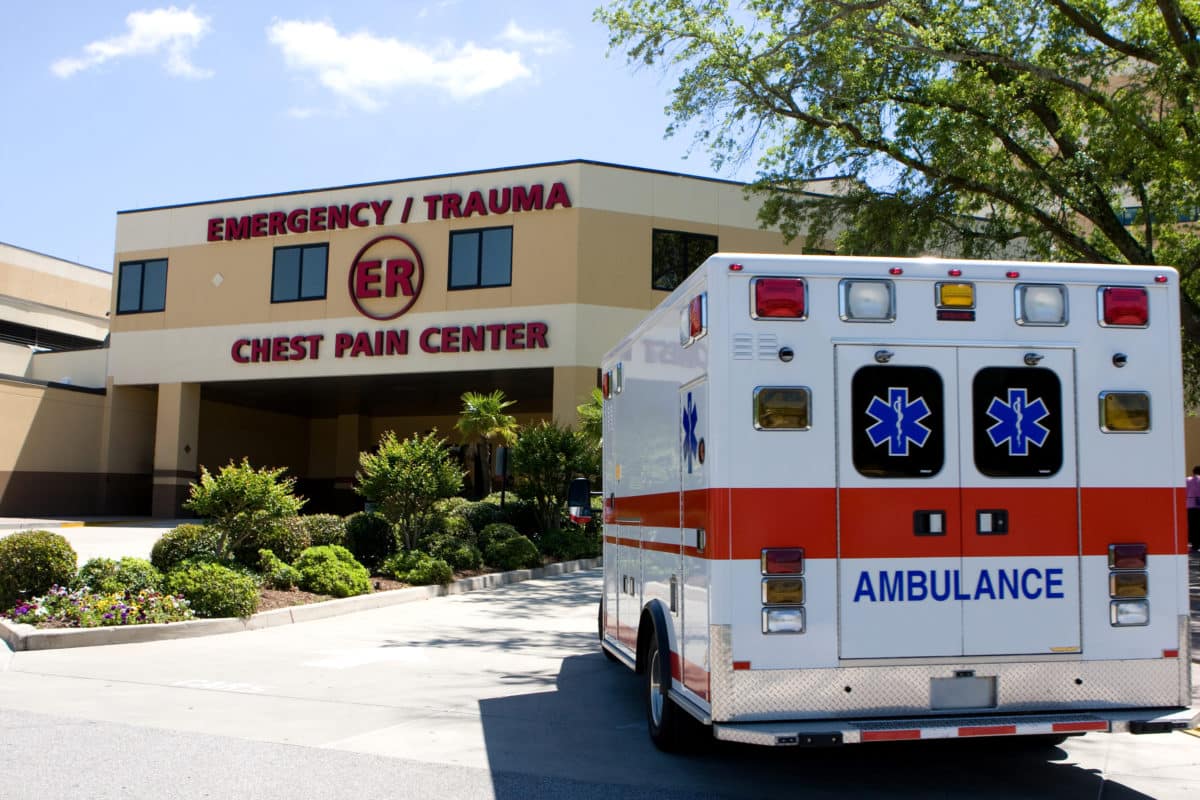If you’re experiencing migraines, you are not alone. It’s a common ailment – not just in our country, but all over the world.
In fact, there are around 1.2 million visits to the emergency room each year in the US due to migraines. That means every 10 seconds someone experiences a severe migraine that ends up in the ER.
Being in the emergency room can feel intimidating, especially if you are not used to hospitals. But, when it comes to migraines you may not have a choice. Migraines can be tricky to treat. And if you’ve been suffering through one and can’t find relief, you get to a point where you’re willing to do just about anything to make it go away.
So it is important to understand when to seek emergency treatment. And, also understand, what they do when you reach the emergency room.
When You Should Go To the ER for a Migraine
While migraines are pretty normal, there are some concerning symptoms that signals you need to visit the ER. Here are some of them:
- Loss of vision
- Vomiting uncontrollably
- Loss of consciousness
- Migraines that last for more than 72 hours without relief
- And any other symptoms that are unusual for you
If you experience any of these symptoms, it’s vital to visit the emergency room as soon as possible to receive immediate care.
ER Migraine Treatment
So what happens once you reach the ER for treatment? Well, there’s no one-size-fits-all fix to a migraine. So the ER migraine treatment you get depends on your situation. How much pain you are in. What treatments have worked for you before. What other symptoms you have. And others.
Typically, however, there are a number of medications that you may be given. They can either be given orally or by subcutaneous injection. It can also be done intravenously and intramuscularly.
These methods are done because they work more quickly and efficiently. A lot of ER patients also get IV fluids to prevent dehydration, especially for those who are experiencing vomiting.
The first line of emergency treatment for patients with severe migraine pains are often medication that treats the symptoms. This usually includes:
- Metoclopramide to relieve nausea and vomiting
- Sumatripan which helps relieve headache, nausea and other symptoms of migraine
- Prochlorperazine which is an anti-psychotic for those experiencing hallucinations along with their migraines.
If there is no improvements after ER doctors there are other options. The second line of treatments often includes:
- Acetylsalicylic Acid – aspirin
- Acetaminophen – an analgesic
- Chlorpromazine – anti-psychotic
- Diclofenac – NSAID
- Ketorolac – NSAID
- Valproate – anti-convulsant
- Haloperidol – anti-psychotic
- Droperidol – anti-dopamine
The ER can offer treatment options you can’t get at home. So, if your migraine won’t go away and/or you experience the warning signs above, go to the ER. They should be able to get you what you need to bring you some relief.
Guide to Migraines
This article is part of our Guide to Migraine Treatments and Causes.
Check out the next topic in this series: Can New Glasses Cause Ocular Migraines?








